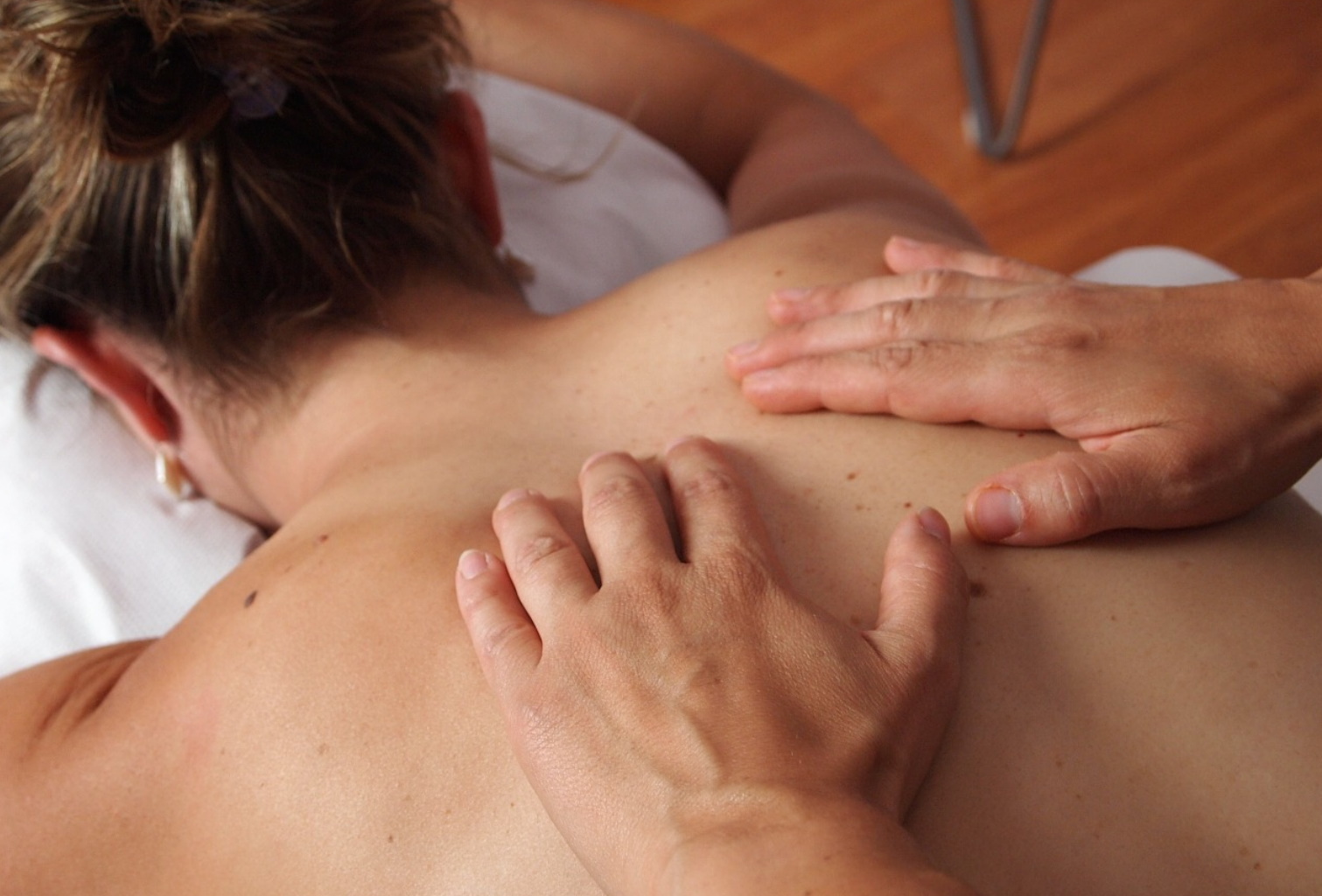What Makes Shiatsu Massage Unique?

People around the world have never been more interested in massage. It’s a stressful time we live in, and so the need for relaxation has not been this strong in a long time. One type of massage that has garnered a lot of attention is the Japanese Shiatsu massage.
Now, you might see an ad for Shiatsu massage therapy in Sydney and be wondering to yourself, what exactly sets this type of massage apart from Swedish or other western-style massages? Let’s learn a little more about what makes Shiatsu massage so unique.
From Japan, Based in China
Shiatsu massage as a practice originated in Japan, but its philosophy is rooted in Traditional Chinese Medicine (TCM). The name “Shiatsu” is derived from 2 Japanese words, “shi” meaning finger, and “atsu” meaning pressure. Like Shiatsu massage, during the Tantric massage in London practitioners make judicious use of their fingers, thumbs, elbows and even their knees to apply pressure to key points as a way to unblock the body’s meridians (energy pathways).
The meridians are the channels through which “Qi” (chee) --- the life force of the human body according to TCM --- can properly flow. When the meridians are blocked, the TCM belief states that Qi cannot properly flow and that causes problems in the body, and can even make us sick. Shiatsu massage uses acupressure, as well as special kneading and stretching techniques to improve both the motion and range of the joints and allow the meridians to become unblocked.
Varied Starting and Finishing Points
Unlike a more standardised or methodical massage people are used to, Shiatsu massage may start and finish at different points during each session. The practitioner will assess each person’s needs at the start of each session, usually. That’s not to say that Shiatsu massage is not a full body massage, because it is. The unique quality is that when you’re getting a Shiatsu massage, the starting and finishing points may be different each time.
Unique Pressure Application
Where Swedish and other western massages call for use of the hands, Shiatsu is much more liberal in its application of other pressure-applying parts of the body to deliver the desired effect, including fingers, thumbs, elbows and knees. The application of pressure can come in several forms, some gentle and some more vigorous.
Contrary to popular belief, Shiatsu massage is not always vigorous to the point that recipients feel agony for a day or two after massage. There is some temporary discomfort felt by some after their massage, but it dissipates fairly fast and is replaced with a much greater feeling of serenity and relief.
Rotations and Stretches
Furthermore, far from being just another “rub down,” Shiatsu massage places emphasis on stretching, rotating and moving parts of the body to allow the better flow of energy through the meridians. It’s not just about pressure and contact as a way to relieve muscle tension, but also a kind of “workout” for the body to release deeper and more lasting tensions that are blocking the flow of energy.
Benefits of Shiatsu Massage
There has been some research that has shown Shiatsu massage may be effective in stimulating the production of both serotonin and dopamine in the brain, which in turn may have some positive effect on anxiety. In times like these that we are living in, the reduction of anxiety and stress is a huge positive step forward that can benefit the huge majority of us.
Other apparent health benefits have been said to include better function of the bowel, pain relief, better sleep quality, relief from lower back pain, and many more. It’s not a field in which extensive research has been done, but there are promising signs already.




